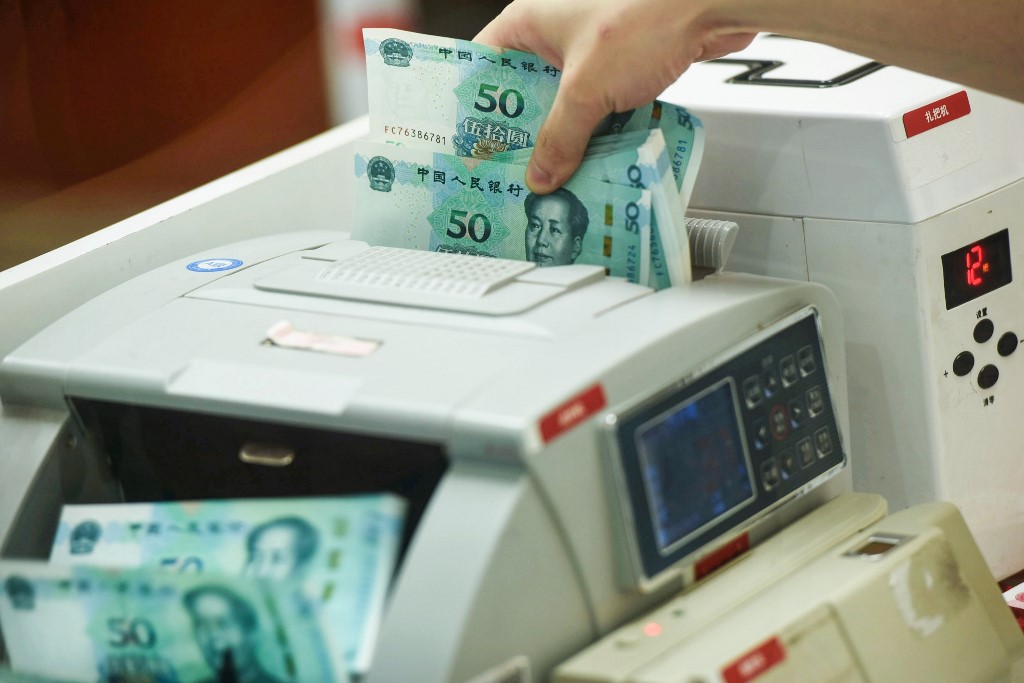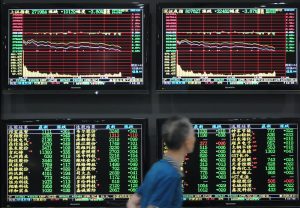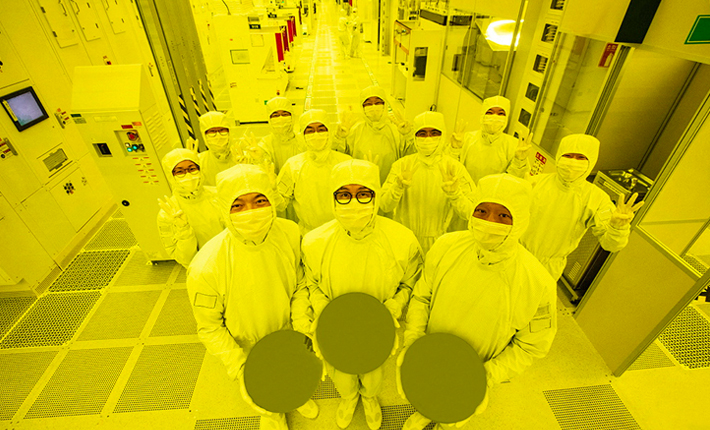(ATF) The People’s Bank of China (PBoC) set yuan parity with the US dollar at 6.8903 on Thursday morning in Shanghai, the first time since late January this year that parity has been set stronger than the 6.9000 level.
The offshore yuan (CNH) did the PBoC one better. It traded in the 6.8698 – 6.8876 range during the HK trading day and at 4pm HK time nearly reached the level it touched on January 20 – its strongest in the year-to-date – of 6.8672.
As I wrote earlier this week, 6.86 is the next target level in the inexorable rise of the yuan since its May 27 weak point of 7.1763. That would come out to a very substantial 4.7% gain against the greenback and rival the yuan rises of November 2019 – January 2020, November 2018 – February 2019 and December 2017 – February 2018, all triggered by US – China trade deal optimism.
Things are different this time around.
The resumption of some form of trade chatter between the US and China since last weekend when US President Trump put on one of his inimitable macho acts and said he’d called the whole thing off, may have encouraged the yuan over the past few days.
But on the whole, that’s not what’s been driving the yuan’s rise.
Critical negative factors
China defeated the coronavirus and got its economy back on track. The US has failed miserably on both counts and loaded itself with massive amounts of new debt – some $7 trillion all told – just to keep afloat.
Those are the critical US dollar negative factors.
Note that the dollar declined on the dollar index (DXY) from 102.8170 in March 2020 to a low of 92.2710 on August 18 and was trading in a range of 92.7850 – 93.1370 in Hong Kong today.
But the yuan’s strength is not merely the dollar’s weakness and not principally trade related.
Looking at the Trump administration’s relentless determination to restrict China’s access to high-tech products essential to its development, the Chinese government has determined that the only way of coping with the situation is to develop China’s own technological prowess and accelerate its long-term strategic goal of very substantially higher domestic demand as the key economic growth driver over exports.
This policy of a “dual circulation” pattern of economic growth is now in place and a strong yuan is a key component of it. Domestic demand stimulation is a major beneficiary of a strong currency.
So: no need to fret that China will step in and restrict the rise of the yuan as it might have done in years past when external demand and export competitiveness were key.
A strong yuan is not the result of US pressure but the result of the adoption of a key new long-term economic development strategy.
























